Ahmadabad-Udaipur | Last Journey of a Train
the green signal is given and the long awaited gauge conversion of Udaipur- Himmatnagar and Himmatnagar- Ahmadabad section of North Western Railway and Western Railway respectively has begun. Unfortunately, the Railway has been ignoring this section for one reason or another
Feb 17, 2017, 22:34 IST
Join our WhatsApp Channel for Live Updates
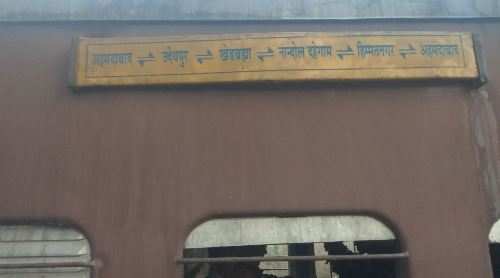
Finally, the green signal is given and the long awaited gauge conversion of Udaipur- Himmatnagar and Himmatnagar- Ahmadabad section of North Western Railway and Western Railway respectively has begun. Unfortunately, the Railway has been ignoring this section for one reason or another. The paltry sums allotted for the purpose in past used to be passed on to some other sections of IR. These two sections falling in the jurisdiction of NWR and WR consist of tribal belts of the two states of Gujarat and Rajasthan. Besides, the city of Udaipur carries immense tourist importance and absence of proper connection to Gujarat, Maharashtra and South India in terms of rail link has deprived the city of deserved inflow of tourists. This gives strength to the belief that the Railway has not been fair to South Rajasthan and tribal belts of two states and has not accorded due importance to this neglected belt for decades.
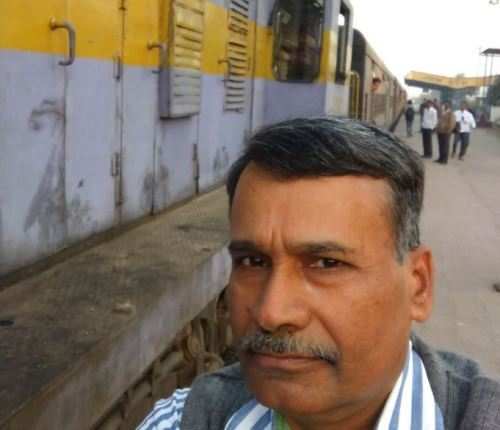
There was a time, when entire Rajasthan barring Kota- Bharatpur section and Ganganagar were linked with meter gauge only and there was a move in mid-eighties to have a Rajasthan-Madhyapradesh zone of Indian Railway consisting of meter gauge sections only. With the passing of time, it is seen that today almost all the cities of Rajasthan have been provide with BG lines but in this exercise Udaipur has been ignored to a great extent. The conversion priority in other parts of Rajasthan is mainly attributed to military importance and at the same time pravasi Rajasthani community residing in rest of India particularly in South India has played a pivotal role and achieved the required goal. The political wish is also a force in achieving the required goal.
In case of Udaipur, it remained isolated due to absence of strong political will and ignorance on the parts of citizens. I as an ex-Military personnel and due to my assignment as military personnel and post military life too have a long association with Indian Railway and have traveled through the length and breadth of India courtesy Indian Railway. The question that has has plagued me for decades was, when the gauge conversions of my native region would take place? The signal has finally turned green and now the more than a century old city of Udaipur and can now dream for a BG line towards Ahmadabad and further southern India resulting in direct connections to Mumbai, Pune and other cities of south India, which is already enjoyed by cities like Ajmer, Jaipur, Jodhpur and Bikaner.
Coming to history of rail in Mewar region, we all know that the first train in India plied between Roorkee and Piran Kaliyar on December 22, 1851 to temporarily solve the irrigation problem of farmers; large quantity of clay was required which was available in Piran Kaliyar area, 10 km away from Roorkee. However, the first commercial train had run in India between Bombay and Thane on 16 April 1853. The Mewar region was not far behind and with the efforts of princely state of Udaipur the train link between Berach Jn (Chittaurgarh) and Debari and later extended to Udaisagar (a station no more in existence) came into being and trains were known to people of Mewar well before the road transportation system came into being. The brief history of various M.G. rail link in Mewar is as under:
a) Berach Jn (near- Chittaurgarh) to Debari came into operation on 1.8.1995; b) Berach Jn to Chittaurgarh with effect from 15.8.1898; c) Debari to present Rana Pratap Nagar on 25.8.1895; d) Mavli Jn to Kankroli with effect from 1.11.1930 later raised up to Marwar Jn in 1942; e) Mavli Jn to Kheroda with effect from 15.1.1948 later raised up to Barisadri in 1952. f) M.G. Chetak Express was introduced in March, 1976.
@ data as derived from the records of Rail Transport Museum, Chankyapuri, New Delhi by the author on 21st Aug,1988.
In order to go full swing towards conversion task of gauge, the railways announced cessation of services of two pairs of train, one passenger and other overnight express (express for namesake). With that order, the last passenger train between Ahmadabad–Udaipur having No. 52928 commenced its last journey for Udaipur on 30th Dec, 2016. This was the last trip and it was to return next day to Ahmadabad and to go into the annals of Indian railway. I made up my mind to be a passenger on the last journey of a train, which was to become history. Being my native land, it was a pleasure to travel to Udaipur without any specific purpose but just to be a witness to the last journey of this neglected train, which was a means of journey for the people of tribal belt and city of Udaipur.
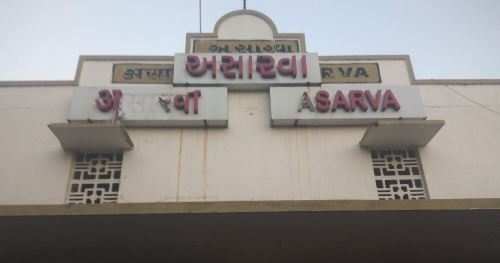
I was a bit late and could not catch the train from the originating point, which was Platform No. 12 of Ahmadabad Railway station. However, I boarded the train from Asarva Railway station of Ahmadabad, which was being hauled by YDM 4 Power of Sabarmati. The train was going as usual, without any funfair and railway officials were on their duty with a sense that they would be displaced to new places as the present service is to be history and new BG trains will come only after conversion of gauge from MG to BG.
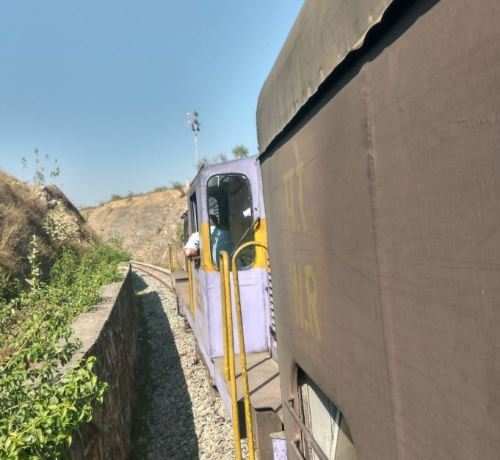
It was a winter morning but the usual chill in the wind was missing and atmosphere was extremely pleasant. The train at its normal speed, commenced its last trip. Alas, the train did not have a heart, otherwise I was sure, it must have wept for having leaving its routine forever. It was simply unsung as it was neglected and no one strive for it in this fast age and while India is dreaming for bullet trains, who would strive and care for a Meter Gauge (MG) passenger train, which could be a symbol of legacy and system left behind by the colonial regime.
After over two hours of journey in the planes of Gujarat and after crossing the city of Himmatnagar, the train entered in to the Aravali Hills range. These ranges are the oldest ranges in India, making it a paradise for tourists and trekkers. Its beauty has always attracted tourists for having provided joy par excellence. The topography of the ranges abounds in undulating meadows, dense jungles, lakes, streams and so on.
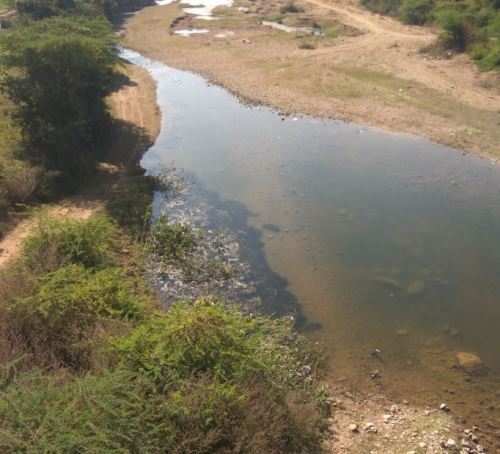
Fortunately, the monsoons have been favorable for the last couple of years. Proper rainfall has added beauty to these hills manifold. For me, it was simply joyous and a journey to remember for a life time with a paltry rail ticket of Rs. 50/- and two small packs of biscuits and a water bottle. The train had little occupancy and in the entire 12 hours of journey, I spent almost 10 hours standing on the entry door of my coach to enjoy my intended journey with a difference. The coach was old and in bad shape and was eagerly waiting to be scrapped.
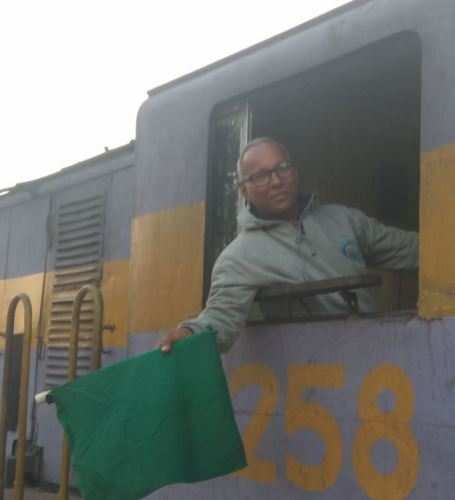
I met the pilot of the train who was with his junior and was proud to be ferrying the train on its last run, the guard was also beaming, maybe for the same reason and feeling special on the last journey of an otherwise neglected train. I came to know that the running staff would go up to Himmatnagar and there shall be a change of crew at Himmatnagar. En route, the train took a longer halt at Nandol Dahegam, the only refreshment stall at the station was providing some hot snacks and tea with ginger and it was worth to have the same in the pinkish winter.
While at Himmatnagar, the Train halted a little longer than usual and the scheduled change of guard and pilot took place. Soon after leaving Himmatnagar, I found that the number of passengers reduced considerably and coaches were giving a deserted look. Soon after, the train entered into the hills of Aravali, on either side of the track there started appearing tall rocky hills. I recall one mishap that took place way back in 1995, when one loco pilot from my native Mavli Jn. named Tek Chand Lohar died in this section, when some of the debris of rock fell on the track in monsoon season, which resulted in derailment of the steam engine and the pilot who was on his last trip before his retirement, died.
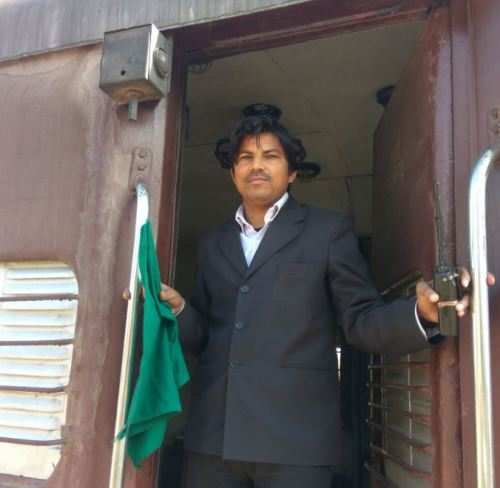
Now, the train entered in to the area known as Shamlaji region, which is known as Shyamal hills. Here, one would witness that the hills and forest gives a lush green panorama. Aravalli continued and the train stopped at a station named Lusadiya, which happens to be last station of Gujarat. The officials of Lusadiya gives greater importance on the natural beautification here and the station has many flowery plants. It was noon time and time was for a hot cup of tea. The only stall there was ready with hot tea. I enjoyed my cup of tea at this lovely station.
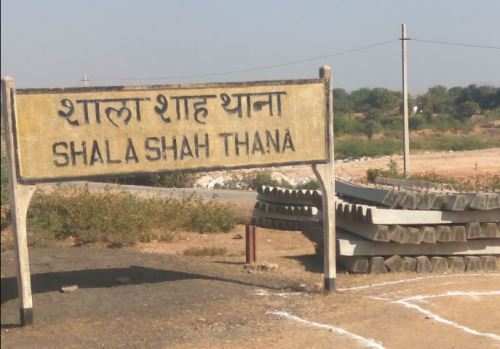
The next leg of the journey past 1220 hrs of the day, the train entered Rajasthan. The partially greenery clad hills were giving a scenic everlasting joy of to trip. On the entire route, earthwork related to conversion of the gauge was on. At most places, new path with soil work seemed to be completed and large amounts of excavation work besides construction of new bridges, under passes was on. After crossing Dungarpur, where the station is comparatively in plains, the earth work appeared to be far behind schedule. This section has a number of curves and slopes. There are efforts to reduce the number of curves or to minimize the same. In doing so, I saw that a new path is being created to lay the line by cutting the hills. I also saw that efforts were being planned to reduce the slopes by excavation of hills. In all, in Dungarpur-Udaipur section, the work is trailing as compared to Ahmadabad-Himmatnagar section. No wonder, if the earth work alone takes more than a year in this section. Thereafter, the laying of rail work can commence. Thus, to me it personally appears that Railways could have continued train services between Udaipur-Himmatnagar for yet another year. Apparently, the railway was facing the problem of maintenance of its rack and power, which was being done at present in Ahmadabad.
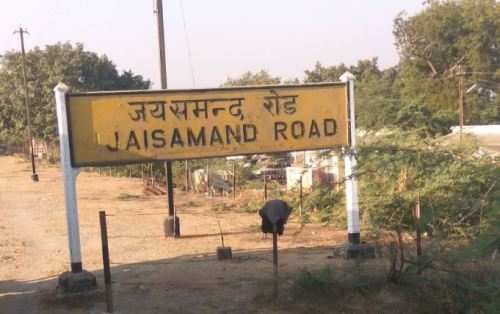
Slowly the train was nearing Udaipur in its total journey of 298 km. The railway station of Zawar Mines is the last point, where it halts a little longer and one can have a cup of tea and snacks at its maiden tea stall. The stall keeper was saying that he has stock for the next day only as there shall be no show of trains thereafter.
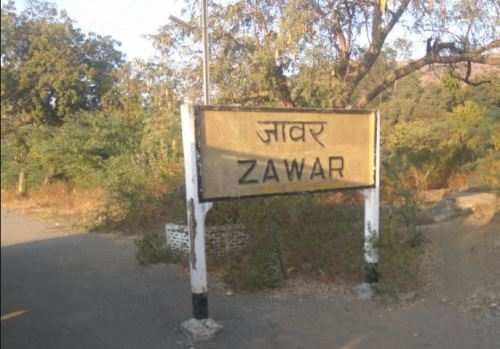
After leaving Zawar, the trains passes through the only tunnel on this route. I was in the coach just next to the power. In the evening, I found that at a number of places flocks of animals of surrounding villages were crossing the rail track. The watchful pilot of the train was prompted to halt the train without losing the time.
I think, such a courtesy on the part of pilot can be expected on such slow trains, otherwise it is not possible to halt the train for the sake of animals. I saw in one such narrow and sloppy pass where the rail line was flanked by the rocky hills a good number of goats were passing through rail line and the driver was prompted to halt the train.
The entire journey was with a difference. Slowly the sun drifted west ward and darkness started pouring in. The train slowly but lastly entered the last platform of Udaipur City. The passengers had quietly alighted and rushed to the exit doors.
A train had completed its last journey with no one to remember it for and the same was to be lost in extinction just on the next day. I carry the everlasting experience of the journey. Slowly, I left the scene and looked back once from the staircase, where the pilot and guard of the trains were leaving the platform to go to their rest house. I proceeded to meet my aged parents and to share with them the experience of a train’s last journey.
Reader Contribution| MK Kothari, Sergeant (Retd.), Indian Air Force and Superintendent (Retd.), Customs & Central Excise.
To join us on Facebook Click Here and Subscribe to UdaipurTimes Broadcast channels on GoogleNews | Telegram | Signal





